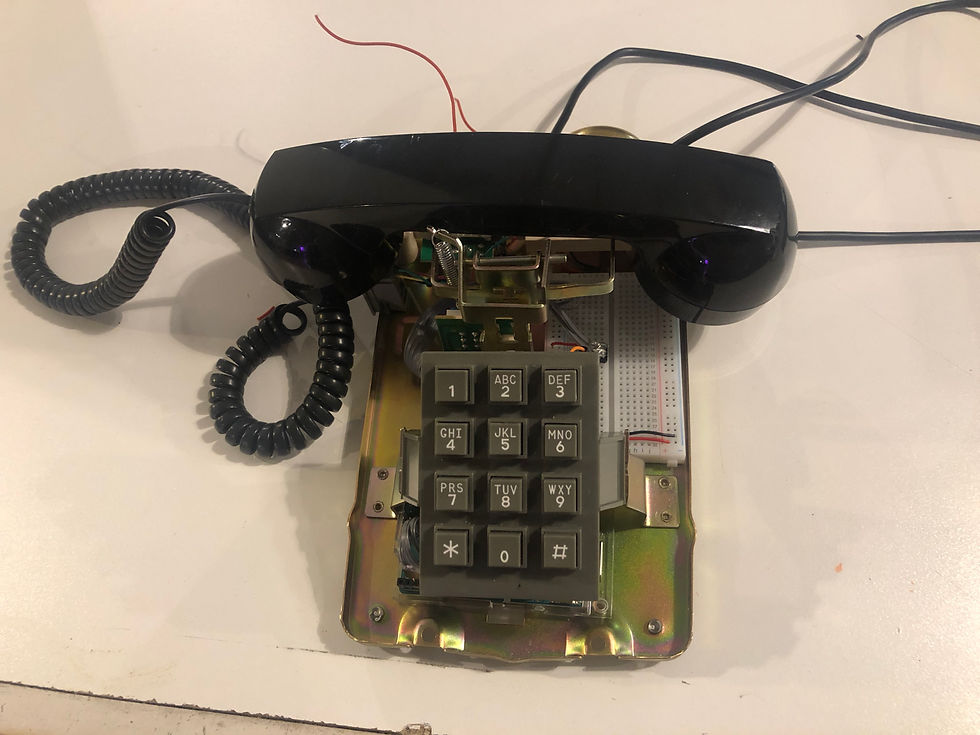PComp week 3/4: playing catchup
- Gabriella Garcia

- Oct 3, 2018
- 2 min read
I'm playing catch up on labs and study this week after having a little PComp paralysis. I think I'm just one lab behind now, still a ways away from intuiting the languages I'm learning this semester, but at least getting over my fear of being bad at something (thanks for the reminder, Tom) which was getting in the way of me getting my hands dirty at all.
Concentrating on things I am finally starting to intuit after digging in this week: troubleshooting, following the circuits, schematics, reading component measurements, thinking creatively about applications for PComp even if I have no idea how to actually execute them yet.
Digital & analog input, analog output
Essentially I took three in-class labs, interwove them, and made them fancier. I am definitely in straight Frankenstein mode and have no real clear idea how to write from scratch yet, but figuring out this weaving process is helping me get a better grasp on the material and letting me play with soldering and prototyping while I'm at it.
I wanted to first do everything on the breadboard without adding external parts first to make sure I was getting the circuits and code right. I started with the "fade" analogue input/output example we worked on in class, for review. I added a second LED because I had a switch idea in mind... At first my LEDs wouldn't fade, which was easily remedied by remembering that there are different pins for analog inputs. It took too long to figure out:


I then went backwards to add a digital pushbutton input and added a second analog output that would change the fade to a fading pulse when digitalRead(HIGH). So two different fade rates, affected by a pushbutton switch:


Here I'm starting to see how circuits need to connect, and I'm looking forward to playing with analog sensors from this point for next week. It looks like more than a bunch of random wires! Exciting. From here I wanted to start building because that's what I'm really working toward, and decided to try my hand at soldering (finally) and some very basic cardboard prototype fabrication. It's not a practical device, but does make an endearing presentation of work at least. I Lengthened the anodes and cathodes of the LEDs by soldering to wire so I could fabricate them into the broken heart switch I made for the first lab assignment. I also tried soldering the switch wires to the back of the switch, but I think it was an overcomplicated method where conducting and electrical tapes worked just fine. The end result? fairly adorable:
We're getting somewhere :)



Comments